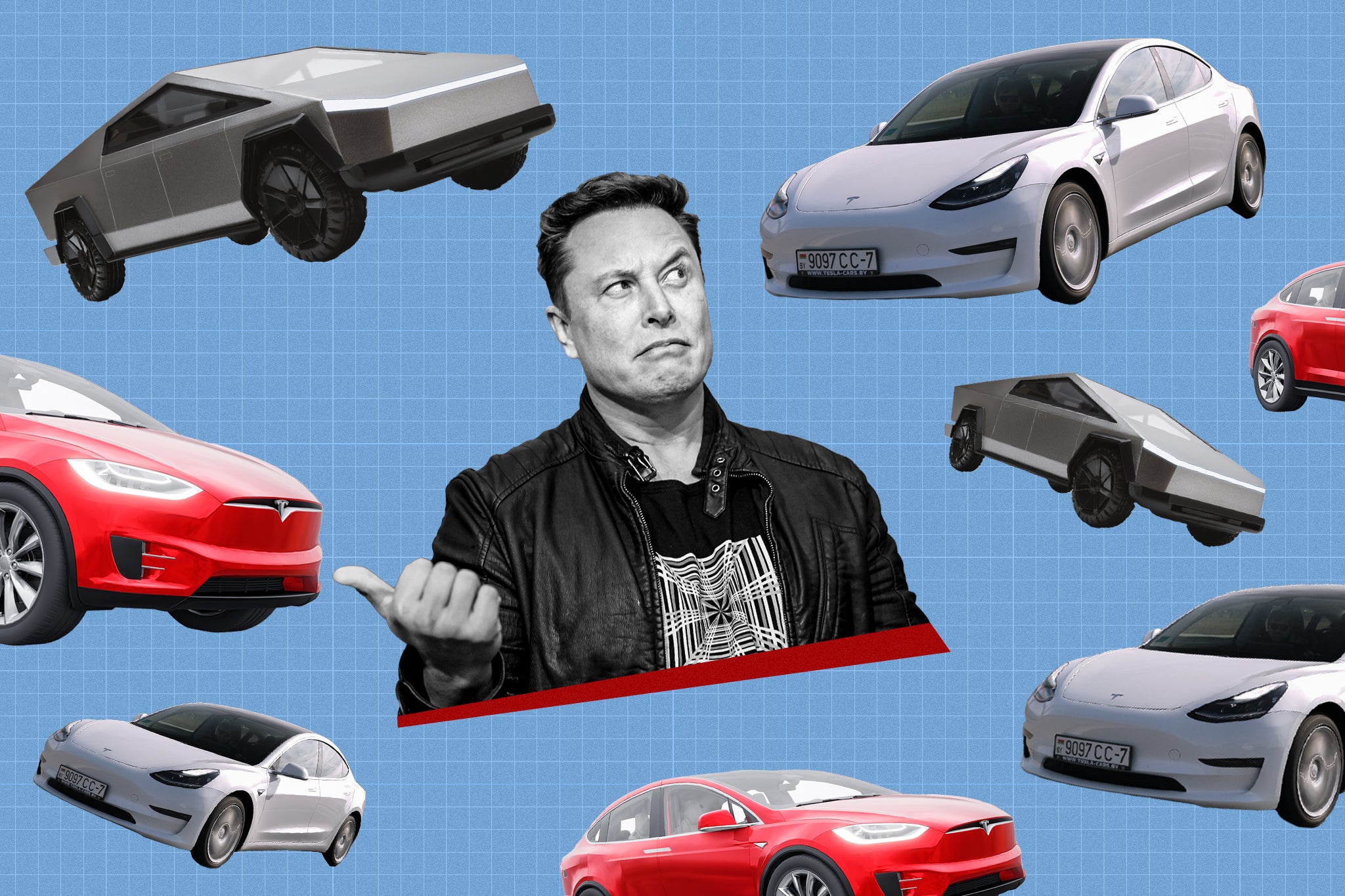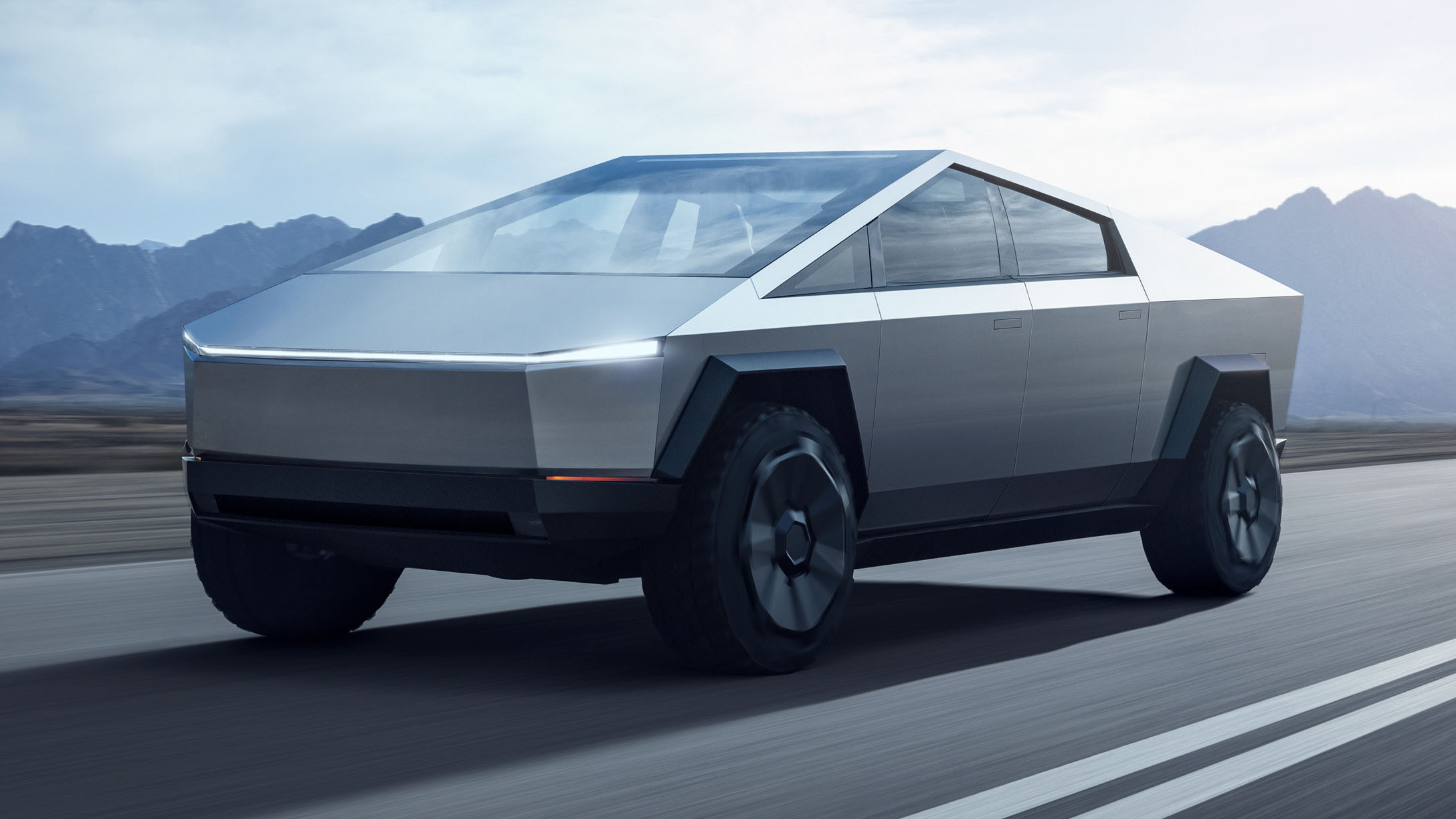The Electric Revolution: Elon Musk and the Tesla Transformation
Elon Musk, a name synonymous with audacious ambition and disruptive innovation, has irrevocably altered the landscape of the automotive industry. His venture, Tesla, initially a fledgling startup, has spearheaded the electric vehicle (EV) revolution, challenging established giants and redefining the very concept of personal transportation. This article delves into the intricate journey of Tesla, exploring its technological breakthroughs, market disruptions, and the visionary leadership of Elon Musk.
The story of Tesla begins with a bold vision: to accelerate the world’s transition to sustainable energy. Founded in 2003 by Martin Eberhard and Marc Tarpenning, the company’s early focus was on developing high-performance electric vehicles that could rival traditional gasoline-powered cars. However, it was Elon Musk, who joined the company as chairman in 2004 and became CEO in 2008, who propelled Tesla towards its groundbreaking trajectory.
The Roadster: A Proof of Concept

Tesla’s first vehicle, the Roadster, launched in 2008, was a pivotal moment. Based on the Lotus Elise chassis, the Roadster demonstrated the potential of electric vehicles to deliver exhilarating performance. It shattered the perception that EVs were slow and uninspiring, showcasing blistering acceleration and impressive range. While produced in limited numbers, the Roadster served as a crucial proof of concept, validating Tesla’s technological prowess and attracting early adopters.
The Model S: A Paradigm Shift
The launch of the Model S in 2012 marked a turning point for Tesla and the entire automotive industry. This premium sedan, designed from the ground up as an electric vehicle, redefined expectations. Its sleek design, spacious interior, and cutting-edge technology, including a massive touchscreen interface, captivated consumers. More importantly, the Model S offered exceptional performance, long range, and a sophisticated Supercharger network, addressing the key concerns that had hindered EV adoption.
The Model X: Expanding the Horizon
Tesla’s expansion continued with the introduction of the Model X in 2015. This SUV, featuring distinctive falcon-wing doors and a panoramic windshield, further showcased Tesla’s innovative spirit. While the Model X faced initial production challenges, it solidified Tesla’s position as a leader in the premium EV segment, catering to families and those seeking a versatile and luxurious electric vehicle.
The Model 3: Democratizing Electric Mobility
The Model 3, launched in 2017, represented Tesla’s most ambitious endeavor: to bring electric vehicles to the mass market. This more affordable sedan, designed for high-volume production, aimed to accelerate the transition to sustainable transportation by making EVs accessible to a wider audience. The Model 3’s success validated Tesla’s strategy, becoming the best-selling electric car globally and driving significant growth for the company.
The Model Y: Capitalizing on the SUV Craze

Following the Model 3’s success, Tesla introduced the Model Y in 2020, an SUV based on the Model 3 platform. Capitalizing on the growing popularity of SUVs, the Model Y offered increased cargo space and versatility, further expanding Tesla’s market reach. Its efficient design and competitive pricing have made it a popular choice for consumers seeking a practical and environmentally friendly vehicle.
Tesla’s success is rooted in its relentless pursuit of technological innovation. The company’s focus on developing cutting-edge technologies has set it apart from traditional automakers.
Battery Technology: Powering the Future
Tesla has invested heavily in battery technology, recognizing its critical role in the performance and range of electric vehicles. The company’s battery packs, designed for high energy density and long lifespan, have consistently pushed the boundaries of EV range. Tesla’s partnerships with battery manufacturers and its own in-house battery research have been instrumental in driving advancements in battery technology.
Electric Powertrain: Performance and Efficiency

Tesla’s electric powertrains, featuring powerful electric motors and sophisticated control systems, deliver exceptional performance and efficiency. The instantaneous torque of electric motors provides exhilarating acceleration, while the efficient design of the powertrain maximizes range. Tesla’s focus on optimizing every aspect of the electric powertrain has resulted in vehicles that outperform many gasoline-powered counterparts.
Autopilot and Full Self-Driving: The Future of Driving
Tesla’s Autopilot and Full Self-Driving (FSD) systems represent the company’s ambitious pursuit of autonomous driving. Autopilot, a suite of advanced driver-assistance features, enhances safety and convenience. FSD, a more advanced system, aims to enable fully autonomous driving in the future. While FSD has faced regulatory scrutiny and technical challenges, Tesla’s continued development of autonomous driving technology remains a key part of its vision.
Over-the-Air Updates: Continuous Improvement
Tesla’s over-the-air (OTA) software updates allow the company to continuously improve its vehicles, adding new features, enhancing performance, and addressing bugs remotely. This approach, similar to smartphone updates, keeps Tesla vehicles up-to-date and enhances their functionality over time.
Supercharger Network: Addressing Range Anxiety
Tesla’s Supercharger network, a global network of fast-charging stations, has played a crucial role in addressing range anxiety, a major barrier to EV adoption. The Supercharger network provides convenient and reliable charging for Tesla owners, enabling long-distance travel. The company’s continued expansion of the Supercharger network further enhances the appeal of Tesla vehicles.
Tesla’s disruptive approach has challenged the traditional automotive industry, forcing established automakers to accelerate their own EV development.
Direct-to-Consumer Sales: Redefining the Dealership Model
Tesla’s direct-to-consumer sales model, bypassing traditional dealerships, has disrupted the established automotive retail landscape. This approach allows Tesla to control the customer experience, provide transparent pricing, and offer a streamlined purchasing process.
Software-Centric Approach: Redefining the Driving Experience
Tesla’s software-centric approach, focusing on user experience and continuous improvement, has redefined the driving experience. The company’s large touchscreen interfaces, intuitive software, and OTA updates have set a new standard for in-car technology.
Vertical Integration: Controlling the Supply Chain
Tesla’s vertical integration, controlling key aspects of its supply chain, has allowed the company to optimize production, reduce costs, and accelerate innovation. This approach, encompassing battery production, software development, and manufacturing, has given Tesla a competitive advantage.
Elon Musk’s Leadership: A Driving Force
Elon Musk’s visionary leadership has been instrumental in Tesla’s success. His relentless pursuit of innovation, his willingness to take risks, and his ability to inspire others have propelled Tesla to the forefront of the EV revolution. However, his management style and public statements have also drawn criticism.
Tesla’s journey has not been without its challenges and controversies.
Production Challenges: Scaling Up Manufacturing
Tesla has faced numerous production challenges, particularly during the ramp-up of the Model 3. The company’s ambitious production targets and innovative manufacturing processes have sometimes led to delays and quality control issues.
Financial Performance: Balancing Growth and Profitability
Tesla’s financial performance has been volatile, reflecting the company’s rapid growth and heavy investments in research and development. While Tesla has achieved profitability in recent years, maintaining financial stability remains a challenge.
Competition: Facing New Entrants and Established Giants
Tesla faces increasing competition from established automakers and new entrants in the EV market. As the EV market matures, Tesla will need to continue to innovate and differentiate itself to maintain its competitive edge.
Regulatory Scrutiny: Navigating Government Oversight
Tesla’s autonomous driving technology and its environmental impact have drawn regulatory scrutiny from government agencies. The company must navigate these regulatory challenges to ensure compliance and maintain public trust.
Elon Musk’s Public Persona: Managing Controversy
Elon Musk’s public persona, characterized by his outspoken tweets and controversial statements, has sometimes created controversy for Tesla. The company must manage these public relations challenges to protect its brand reputation.
Tesla’s impact on the automotive industry is undeniable. The company has accelerated the transition to electric vehicles, driven innovation, and challenged the status quo. As the EV market continues to grow, Tesla is poised to play a leading role in shaping the future of transportation.
Expanding Product Portfolio: Catering to Diverse Needs
Tesla is expected to continue to expand its product portfolio, introducing new models and variants to cater to diverse consumer needs. The company’s focus on innovation and sustainability will drive the development of these new vehicles.
Global Expansion: Reaching New Markets
Tesla is expanding its global presence, establishing manufacturing facilities and sales operations in new markets. This global expansion will enable Tesla to reach a wider audience and accelerate the adoption of electric vehicles worldwide.
Energy Storage and Solar: Integrating Sustainable Solutions
Tesla’s energy storage and solar products, including Powerwall and Solar Roof, are integral to the company’s vision of a sustainable energy ecosystem. Integrating these solutions with its electric vehicles will further enhance Tesla’s appeal to environmentally conscious consumers.
Autonomous Driving: Realizing the Vision
Tesla’s pursuit of autonomous driving remains a key part of its long-term vision. The company’s continued development of FSD technology and its data-driven approach will play a crucial role in realizing the promise of self-driving vehicles.
In conclusion, Tesla, under the leadership of Elon Musk, has revolutionized the automotive industry and accelerated the transition to sustainable transportation. The company’s technological innovations, market disruptions, and visionary



